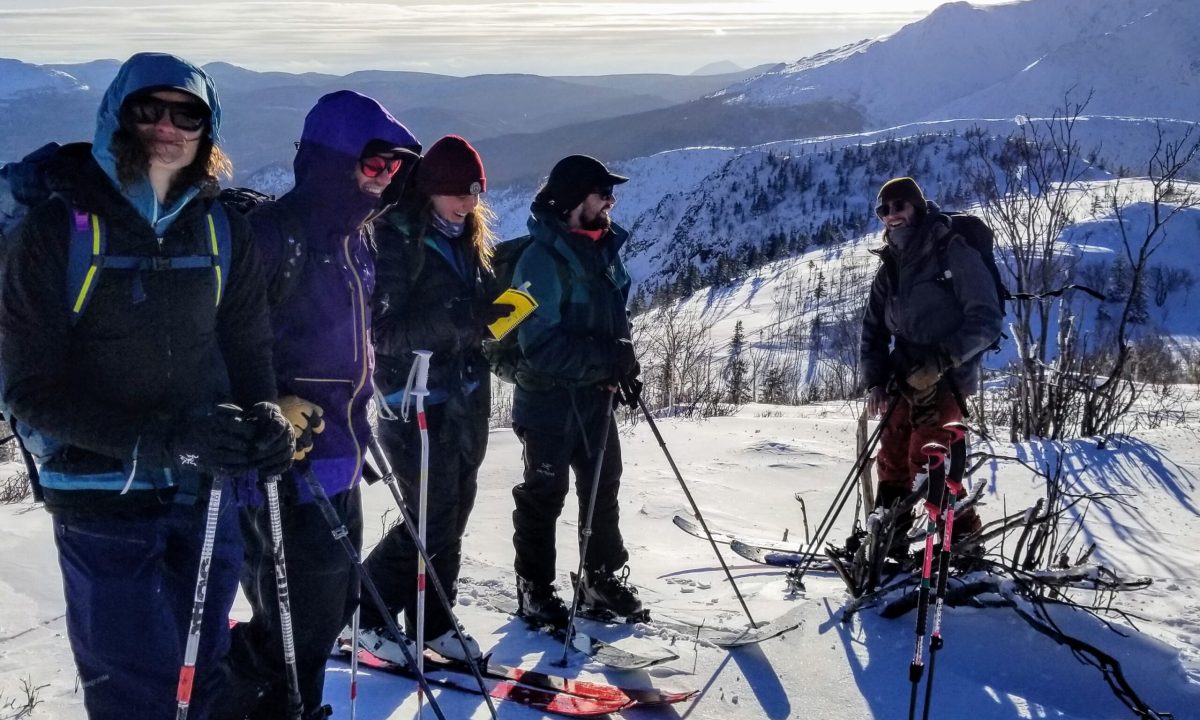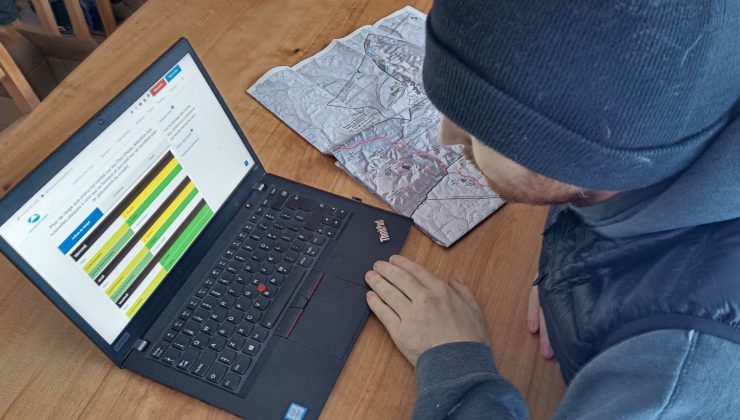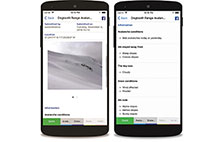Choose your Group
BEFORE THE TRIP

One of the most important elements of your day is your group. Human factors play a significant role in many avalanche accidents. How your group members interact affects how decisions are made. Here are some things to consider:
What are your expectations for the day?
Groups work best when expectations—and risk tolerance—are roughly the same for everyone. If a friend wants to go on a long descent, but you’re not too keen on the idea, you’re off to a bad start.
Group size
A small group travels faster and more efficiently than a large group, but if an incident occurs, you don’t have as many resources available to carry out a rescue. Conversely, a large group is more difficult to manage, moves more slowly, and the chances of things going wrong are greater. Most experts recommend groups of three to five people. Solo travel is very risky and definitely not recommended.
Communication
Effective groups prioritize open communication among members. A common mistake is to let the most experienced person take charge of decisions about the group’s travel. Less experienced members should always feel free to voice their opinions and contribute to decision-making.




